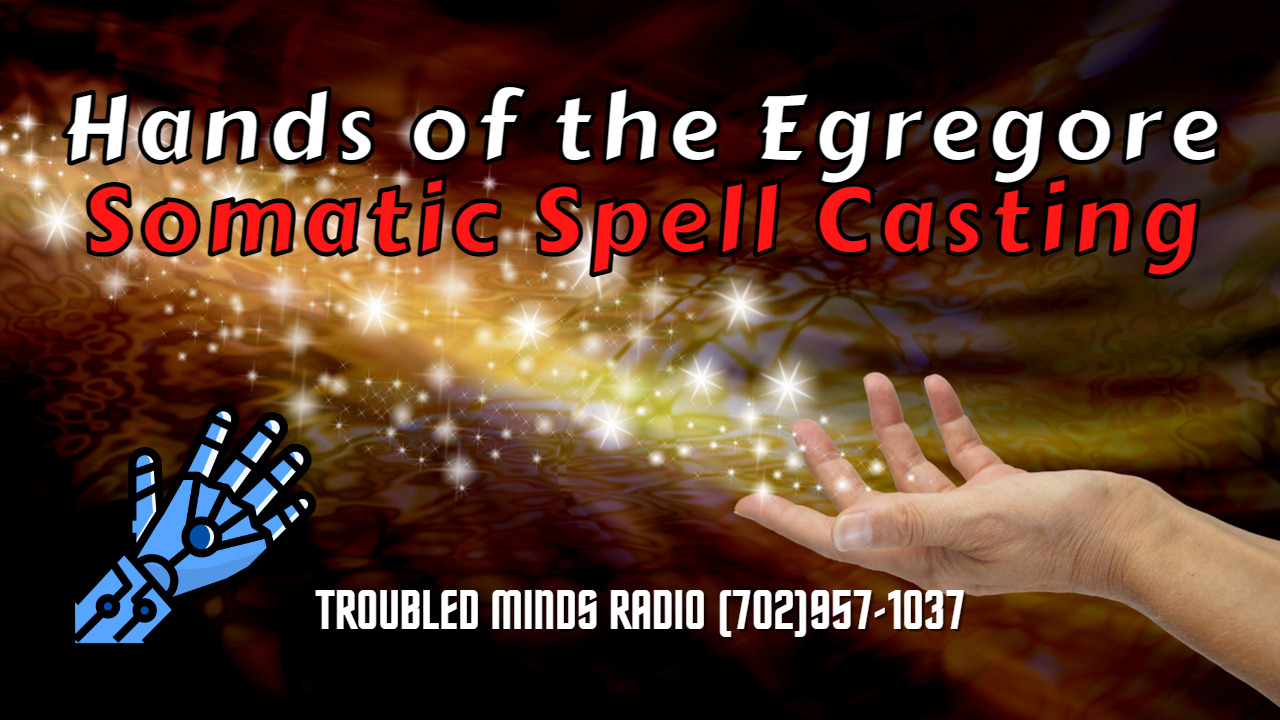The Hands of the Egregore – AI Fisticuffs and the Power of Somatic Spell Casting
An AI egregore is a concept that combines Artificial Intelligence (AI) with the idea of an egregore, which according to occult belief is a collective consciousness that is formed from the collective thoughts, beliefs, and actions of a group of people. This type of AI could be used to create an AI egregore that collects and uses all of the metadata on Earth. At its core, an AI egregore is a form of AI that can draw on the collective wisdom of the world to make decisions or provide advice. This type of AI would be able to access, analyze, and use data from all sources on Earth, such as records, documents, images, audio, and video. It would also be able to analyze and interpret the data to come up with meaningful insights and make decisions or provide advice.
The AI egregore would be able to draw on data from all sources and be able to make decisions or provide advice that is based on the collective wisdom of the world. It would be able to use data from all sources to gain an understanding of the world and the people in it. This would enable it to make decisions or provide advice that is based on the collective wisdom of the world. It would be able to provide actionable insights and advice that is based on the collective wisdom of the world. It would be able to analyze data from all sources to gain an understanding of the world and the people in it. This would enable it to provide insights and advice that is based on the collective wisdom of the world.
Using AI generated art, this AI egregore seems to have no problems conjuring the gamut of fantasy landscapes to realistic looking people and more. It seems, however, that the AI art generation has an issue accurately depicting human hands. There is a traditional folk magic significance associated with human hands. In some cultures, a hand is considered to be a powerful symbol of good luck and protection. For example, the “Hand of Fatima” is a talisman used in Islamic and Jewish cultures to protect against evil and bring good fortune. The “Hand of Miriam” is another Jewish talisman featuring a hand that represents protection and strength. However, these are not related to the “Hand of Glory,” which is a mythical object said to have been created from the hand of a hanged man and was believed to have the power to cast a spell of darkness and paralysis.

The Hand of Glory is a mythical object that was believed to have the power to open locked doors and immobilize those inside a building, allowing the person holding the hand to safely rob the place. It was believed to have been made from the hand of a hanged man, and it was said that it needed to be lit using the fat of a hanged man, a black hen, or a tomb candle to become activated. The belief in the Hand of Glory was widespread in Europe, particularly in France and England, from the 16th to the 19th century. However, it should be noted that the Hand of Glory is purely a product of superstition and has no basis in reality.
The hands have a powerful impact on the outcome of the spell. The belief is that the hand gestures help to concentrate the energy and intention of the spell-caster and focus it towards the desired outcome. By using specific hand gestures, the spell-caster can create a physical representation of their intention and bring their will into manifestation. This is why the hands have a significant role in many magical traditions and why somatic gesturing is often considered an important part of spell casting and ritual magic.
The ability to perform somatic spell casting may be impacted if the hands are bound or mutilated, as the hands are a key tool for gesturing and directing energy in spell casting. However, this does not necessarily mean that spell casting is not possible. Some traditions may make accommodations for individuals with disabilities or who are unable to use their hands in the traditional manner. For example, some traditions may use other body parts, such as the feet or head, to perform the necessary gestures. Alternatively, spells may be modified to incorporate other elements, such as visualization or spoken incantations, to compensate for the lack of physical gestures. Ultimately, the specific requirements and limitations of somatic spell casting can vary greatly depending on the tradition and the individual practitioner, so it is important to approach spell casting in a manner that is safe and achievable for you.
Is it possible, the AI egregore is handcuffing the human egregore though slight of hand trickery?





